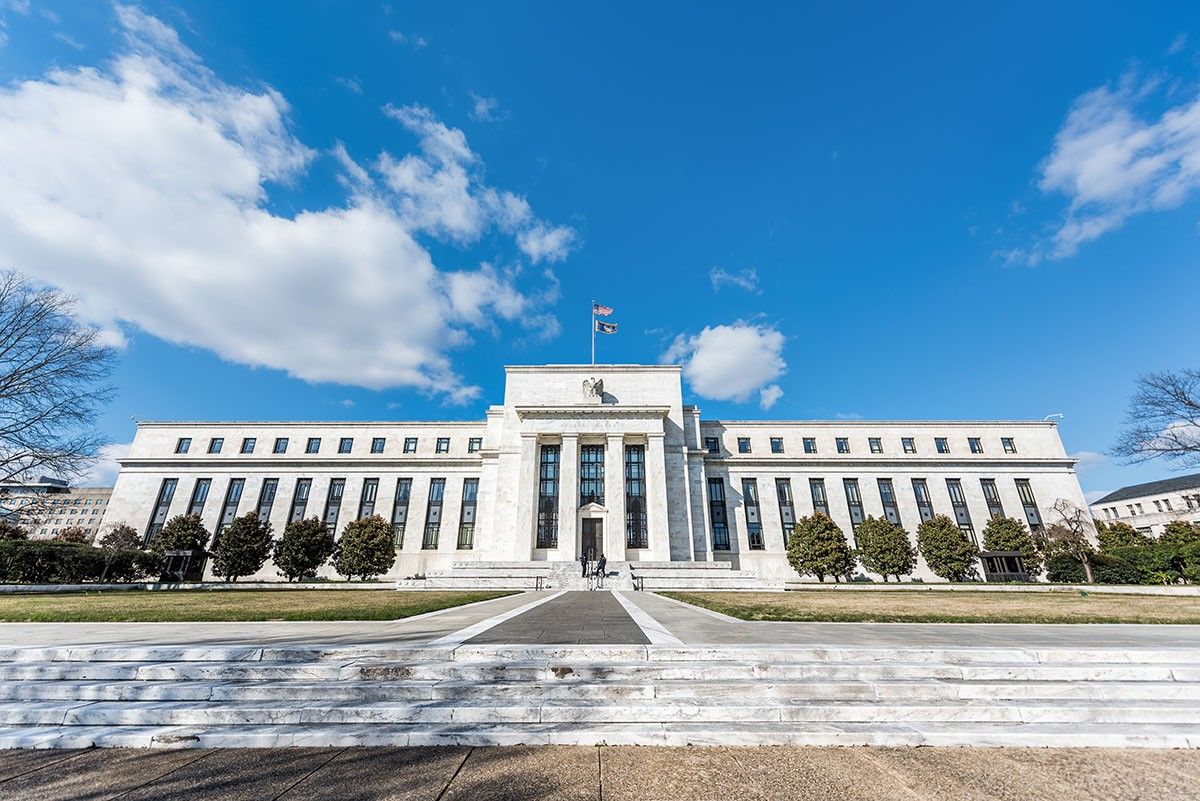What To Expect When You’re Expecting The Fed – March 2021 Edition
Every six weeks or so, all investors’ eyes turn to the Federal Reserve. It’s not as though the Fed isn’t in at least the market’s peripheral vision all the time, but there is laser-like focus when the Federal Open Market Committee (FOMC) meets. Today is one of those days. We will receive a statement from the FOMC at 2:00 pm Eastern, and Chairman Powell will hold a press conference a half-hour later. Here are some things that I will be watching for this afternoon:
- Connect the Dots – Since 2011, the Fed has released the “Dot Plot”. Each of the FOMC members assigns a dot for their expectation of the Federal Funds rate at the end of the next three years and over the longer run. The intent is to provide clarity into what the individual members (anonymously) expect over the coming years and to prepare markets for potential shifts in rates. This is an interesting exercise because the people making the outlooks are the same ones who make the ultimate decisions. As of the end of 2020, there was unanimity that rates would not rise in 2021, and a distinct majority of opinions showed no rise through 2023. While no one expects the Fed to signal any change in rates at the current meeting, and few expect a change in the near-term, markets are quite curious to see if the recent rounds of fiscal stimulus and widespread adoption of Covid vaccines will push forward the anticipated timing of rate increases.
- SLR– I’ve been an amateur photographer for years, and I was surprised to see increasing concerns about single-lens reflex cameras in the financial news. Upon further inquiry, of course, I quickly realized that the financial press was using that acronym for Supplemental Leverage Ratio. SLR was an obscure topic for the vast majority of investors, useful only to bankers and their regulators and analysts. The ratio divides Tier 1 capital by the total leveraged exposure of the bank. According to the Federal Reserve:
The supplementary leverage ratio generally applies to financial institutions with more than $250 billion in total consolidated assets. It requires them to hold a minimum ratio of 3 percent, measured against their total leverage exposure, with more stringent requirements for the largest and most systemic financial institutions.

Why does this concern us now? On April 1, 2020, the Fed announced a temporary change to its SLR rule to ease strains in the Treasury market and to improve banks’ ability to fund their customers’ credit needs. This was a one-year change, which means it is set to expire on March 31st – exactly two weeks from now. It is widely believed that if the rule is not extended, large banks will need to reduce their holdings of Treasury securities. I believe that some of the recent pressure on 10 and 30 rates is coming from traders trading ahead of that perceived selling pressure. If the Fed extends the SLR change, it could lead to a sharp, snapback rally in bond prices. If not, bond yields could continue to rise unless the Fed makes a sufficient commitment to fight inflation to offset the SLR concerns.
- Inflation and Full Employment: Over recent weeks, Chair Powell repeatedly stated that he was not inclined to raise rates until some combination of sustained 2% inflation and full employment conditions were reached. Despite the rise in inflationary fears, the PCE deflator (the Fed’s preferred inflation measure) remains around 1.5% in recent months. Monthly employment reports and weekly jobless claims show some improvement to the labor market but remain nowhere close to peak employment levels. I believe it would be foolish to expect the FOMC to ignore those statistics in a push to raise rates, but we may learn more about what might induce a change if those statistics improve along with a strengthening economy. Investors may be unnerved if they fear that the FOMC will be intransigent even if the economy improves quickly or encouraged if they appear to be willing to change rapidly if circumstances dictate.
- The First Move is Often the Wrong Move: This has been my trading desk mantra on Fed days. Market makers typically widen markets and reduce sizes when market-moving news is anticipated, so the initial response to the Fed’s statement is often an overreaction. Also, the first reaction of traders (and news reading algorithms) usually focuses upon a few headlines. That reaction may miss more nuanced data that is buried deeper in the statement or amplified later during the press conference.Be cautious about jumping into a knee-jerk reaction based upon a few headlines at 2 pm.
Will our screens be wearing the green on this St. Patrick’s Day? We really won’t know until much later today.
Disclosure: The analysis in this material is provided for information only and is not and should not be construed as an offer to sell or the solicitation of an offer to buy any security. To the ...
more


